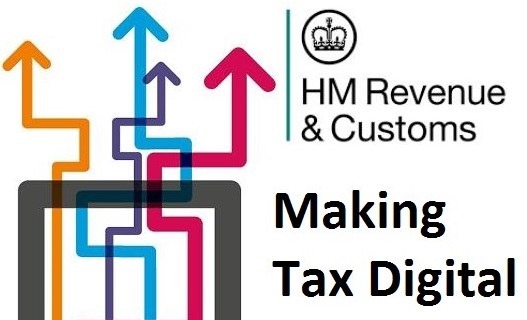Buying property across UK borders
Now that Wales and Scotland each has its own property tax regime, the rules affecting the purchase of property have changed. Close attention to detail will be needed to ensure that correct procedures are adhered to. In some cases, the purchase of land and property may now qualify as a ‘cross border’ transaction, and in this case, special rules apply.
The newest development in devolved property tax is very recent, and affects Wales, where SDLT was replaced by Land Transaction Tax (LTT) for purchases on or after 1 April 2018. In Scotland, Stamp Duty Land Tax (SDLT) was replaced by Land and Buildings Transaction Tax (LBTT) for purchases on or after 1 April 2015.
The existence of multiple UK tax regimes gives rise to the possibility that a property transaction may now incur liability to more than one tax. This could happen in one of two ways. It could arise where a single property, comprising land on both sides of the English-Scottish or English-Welsh border, is purchased. This could be a farm straddling both sides of a border, for example.
Liability could also arise where there is a ‘multiple property transaction.’ This could be the case where there is a single agreed amount of consideration for the purchase of two or more property interests in different UK tax jurisdictions – whether that’s as a single transaction or a number of connected transactions. So liability could arise via a single transaction whereby a purchaser acquires a business which includes three shops – one in Wales, one in Scotland, and one in England, for example, or where a holiday accommodation business, comprising properties on both sides of say, the Scottish border, is purchased.
In eventualities such as these, the total consideration must be divided or apportioned on a just and reasonable basis to determine the appropriate consideration for the part in each UK tax jurisdiction. As with any tax matter, it is open to the relevant tax authority – HMRC, the Welsh Revenue Authority (WRA) or Revenue Scotland (RS), to challenge any return made or enquire into the basis on which apportionment was made.
Example
A farm in Powys is being sold. It comprises 20 fields, a farmhouse, bungalow and agricultural buildings. Nine fields are wholly in England, nine wholly in Wales, and two in both England and Wales. Here apportionment would need to take into account where buildings are located and the nature of the buildings, as well as any parts of the land that may be more valuable because of location, access, use or development (such as field drainage).
Where the consideration (as apportioned) is more than the limit for notification to the relevant tax authority, a return will be needed. Potentially, then, up to three tax returns may be needed – for SDLT, LBTT and LTT – with payment made to three different tax authorities: HMRC, the WRA and RS.
This is a complex area, and we are more than happy to advise, for example in relation to the apportionment of consideration. This may be especially relevant if there is any question of a claim to private residence relief for capital gains tax purposes being involved. Please do not hesitate to contact us for further information here, or on any other tax aspect of a property transaction.




